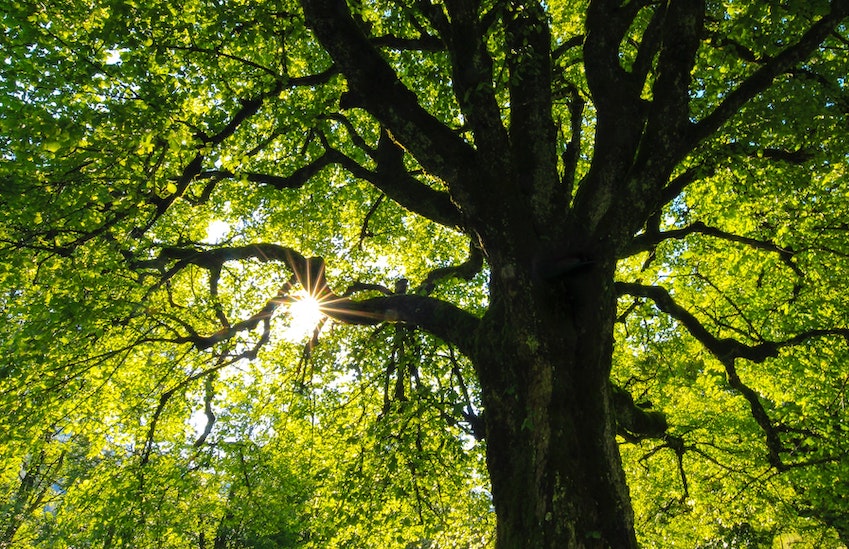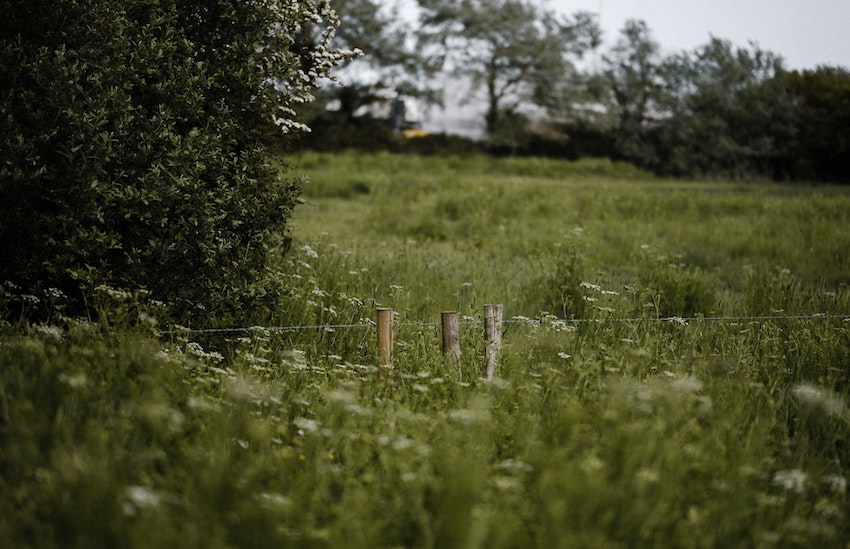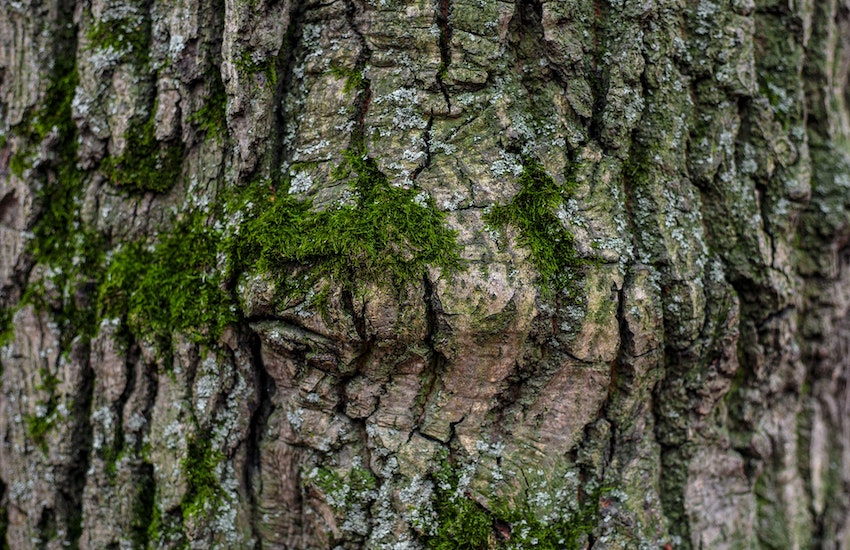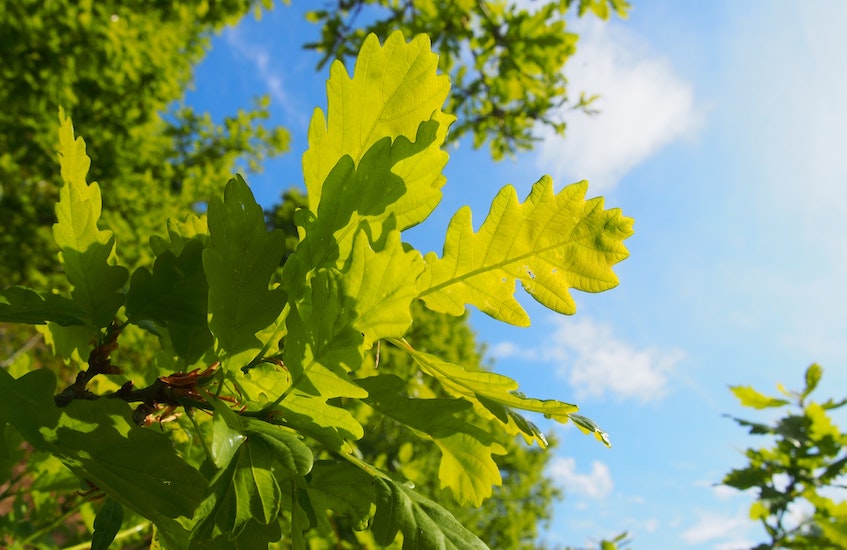
A new strategy outlining how Jersey will protect, manage and restore its trees was launched earlier this month with the aim of safeguarding the Island’s trees and woodlands for future generations.
In a foreword to the new Jersey Tree Strategy, the Environment Minister, Deputy John Young, highlighted the many benefits that trees can provide, from improving climate change resilience to boosting mental wellbeing.
‘This strategy helps us to lay the foundations, or roots if you prefer, to ensure trees are rightly afforded robust protection for the benefit of the current and future generations,’ he said.
‘It is particularly apt that this is published in the year of the Queen’s Platinum Jubilee, for which all of us have been urged to plant trees in what has become widely known as the “tree-bilee”.’
The strategy builds on work already happening on the Island, and highlights examples of collaborations such as the reforestation project at Mourier Valley between the National Trust for Jersey, Jersey Trees for Life, Jersey Electricity, Jersey Water, and volunteers.
A community ‘sounding board’
The Strategy was created in collaboration with more than 40 stakeholders including farmers, biodiversity specialists, business owners and members of the community.
Two stakeholder workshops were held in July and September 2021, and hundreds of Islanders submitted over 1000 comments during the public consultation period.

‘The Jersey Tree Strategy is the result of a wide range of community voices and stakeholders sharing their different knowledge, perspectives and ideas,’ the Strategy states.
‘Whilst the high-level principles for Jersey are set out, work remains to be done to define possible actions, and specify details.’
To continue the work, a Tree Strategy ‘sounding board’, consisting of key stakeholders, will work alongside the Government to develop an action plan.
The Strategy outlines a number of objectives, including enhancing tree protections under Jersey planning laws, and providing more up-to-date information on the Island’s tree stocks.
Protecting trees under Jersey’s planning law
Increased public and political concern about climate change has resulted in growing attention around trees and woodland habitats in Jersey. As a result, the Government has been debating the best way to protect trees under the Island’s planning law.
In April, the States Assembly approved an amendment (Amendment No. 8) to the Planning and Building Law 2002, which means that works to trees will be regulated under the definition of ‘development’.
Since then, Government has been drafting new legislation to give greater weight to works affecting trees and to ensure they are also protected in conservation areas.

The Government say they want to listen to the voices of those who are concerned for trees, as well as those whose business operations are affected by any form of tree protection.
‘It is not the intention of Government to create unnecessary or unwieldy burdens to householders, businesses or government itself,’ they say.
As such, the law will include ‘common-sense’ exceptions and guidance to enable tree maintenance. A new ‘Trees Order’ will outline what type of work is allowed, and which trees wouldn’t require a planning application at all. The order will also include a simple notification process to minimise the administrative burdens.
The Government added that they want to ‘encourage all to see the value that trees provide within Jersey’s unique environment.’
Creating a Jersey tree map
Data from Global Forest Watch, an online monitoring tool, estimated that the extent of tree cover in Jersey in 2010 was 14%. A complete habitat survey of Jersey from 2011 provided a lower estimate but in recent years there has been more tree planting on the Island.
As a result, another key ambition of the Strategy is to provide more up-to-date information on Jersey’s tree stocks by carrying out an updated island-wide tree survey.
The survey will map the location, height, and canopy/crown extents for every tree that is 3 metres or above in height, creating a baseline to set measurable targets against.

From this, the Strategy suggests creating a ‘living map’ where future satellite monitoring would automatically update the map. Communities could also be involved, using smartphone apps to validate the database or add further information.
An ‘opportunity map’ would then show where there is potential for new trees and woods, factoring in soil types, landscape character, climate change and opportunities to create ecological networks.
The Strategy says that the map will be useful for various sectors, including insurance, utilities, forestry, planning and environmental management.
The full Jersey Tree Strategy is available on the Government of Jersey website.




